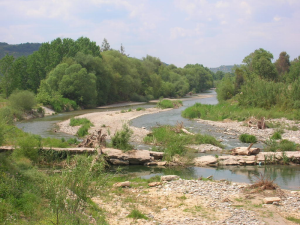The word ‘spartan’ means strict self discipline marked by self denial or avoidance of luxury and comfort. A ‘Spartan’ is a citizen of Sparta a city of ancient Greece. Today this city is called Sparti in Laconia Greece, with a population of 17,500. A spartan city in terms of population these days.
Spartan to which I refer to now is a race, designed by Joe DeSena in the mountains of Vermont. It is written that and I have heard the race is gritty, tough, dirty, will tax your body and your mind, it will throw all the elements that nature has in store and then some man made ones. Excellent I thought. So I am going for it. Will confirm in a later post if all that has been written and all that has been said is true.
Except that, I am thinking now that I may have bitten off more than I can chew. I went back to the website earlier today and read that the people that designed this madcap race recommend to proceed by degrees. Aspiring Spartans should start with the Sprint race which is 3+ miles with 20+ obstacles before graduating to the Super: 8+ miles with 25+ obstacles, then on to the Beast: 12+ miles and 30+ obstacles. The guys at Spartan reckon that one can be Sprint ready in 3 months, Super ready in 6 months, and Beast ready in 9 months.
I eschewed to ignore the Sprint and plunged headlong into the Super and I have to be ready in under 5 months. I have to learn to read deeper before plunging in.
Wasting no time at all, I am setting about planning my training programme. How do I plan?
- Analyse the race to determine the range of movements, intensity and the muscle groups that will be in use during the race. In corporate terms this is analysing the business environment.
- Inventory my physical condition and resource at hand. This is benchmarking where I identify the gaps needed to be bridged.
- Working backwards from the race date, plan a regimen of workouts to bridge the gaps identified in (2).
Then buckle down, roll up the sleeves, suit up and go workout.
Commit, Evolve & Practice Resilience.



